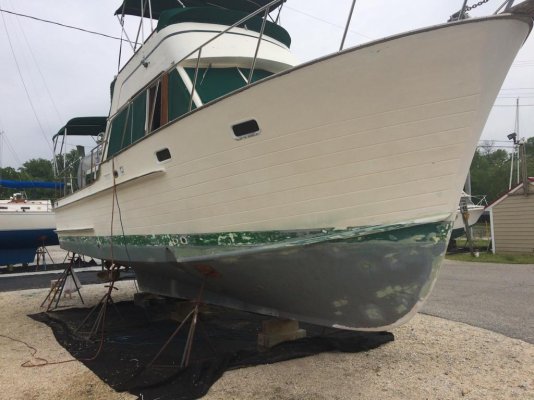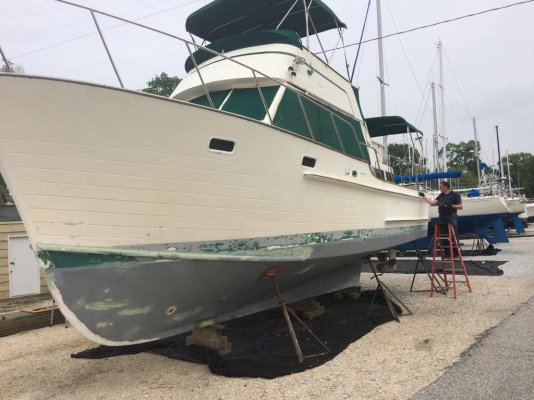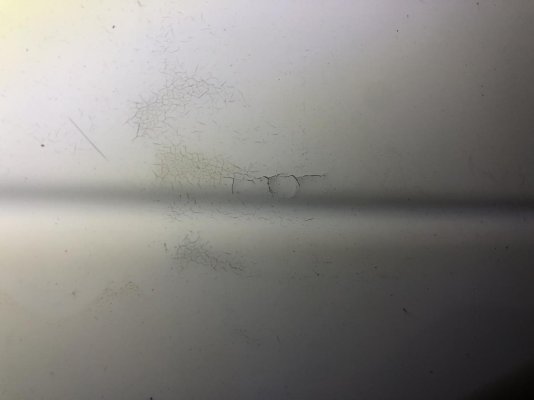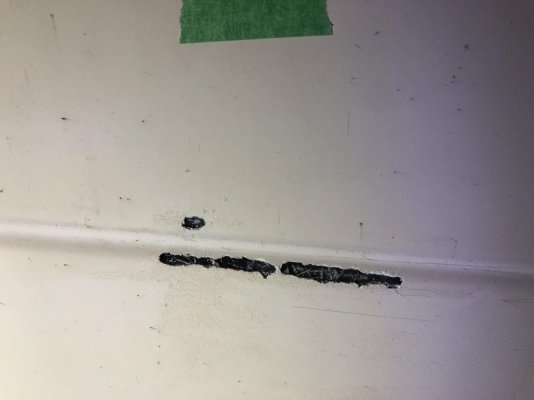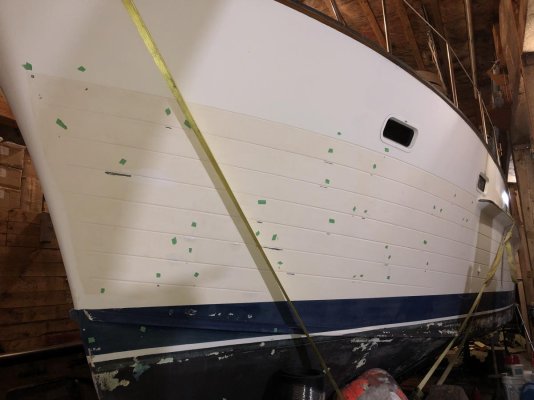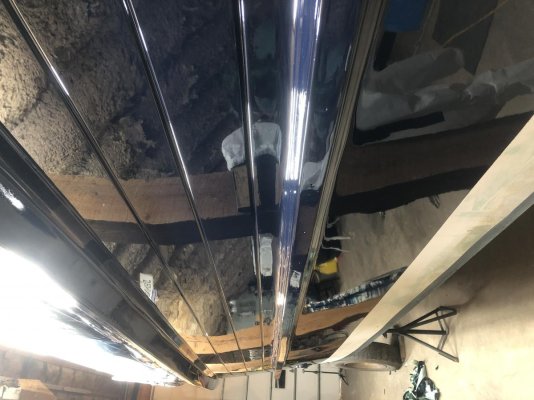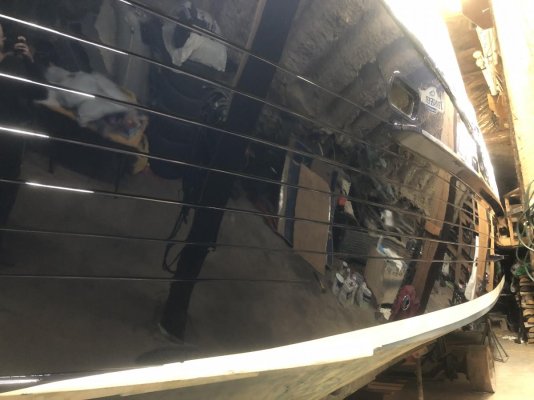Jeff.P
Member
Hi Everyone,
Working on bringing this neglected Gypsy back to life. I was lucky enough to stumble across this project boat and after a few minutes of research realized its potential! It has low hour Sabre L225’s and westerbeke 4.4kw Gen. All started right up with fresh fluids and ran smooth on the hard for a test run.
If anyone has any experience with this design I would appreciate suggestions on potential weak points to focus on. I already have a lengthy project list but don’t want to miss anything while it’s easy to work on in a heated shop beside my house!
One thing that I did run across is a lot of voids between the gel coat and the first layer of glass. I’m currently working through painting the hull and have had to repair 500+ air pockets. It’s an easy fix with epoxy but I haven’t seen this before. Below the waterline I had it sandblasted and there are 1000’s of BB size holes that look like bubbles. I’m planning on using an epoxy fairing compound to do the entire hull before sealing it. Just wondering if this is something anyone else has run across and how they fixed it?



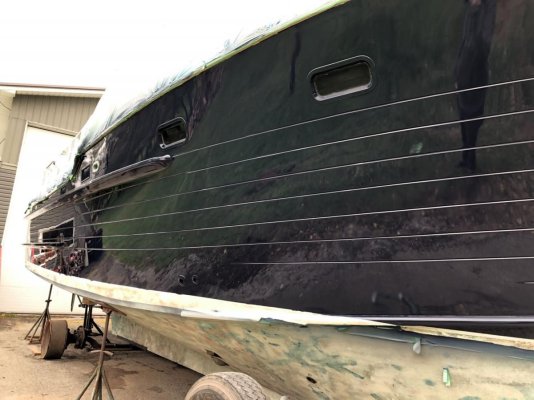
Working on bringing this neglected Gypsy back to life. I was lucky enough to stumble across this project boat and after a few minutes of research realized its potential! It has low hour Sabre L225’s and westerbeke 4.4kw Gen. All started right up with fresh fluids and ran smooth on the hard for a test run.
If anyone has any experience with this design I would appreciate suggestions on potential weak points to focus on. I already have a lengthy project list but don’t want to miss anything while it’s easy to work on in a heated shop beside my house!
One thing that I did run across is a lot of voids between the gel coat and the first layer of glass. I’m currently working through painting the hull and have had to repair 500+ air pockets. It’s an easy fix with epoxy but I haven’t seen this before. Below the waterline I had it sandblasted and there are 1000’s of BB size holes that look like bubbles. I’m planning on using an epoxy fairing compound to do the entire hull before sealing it. Just wondering if this is something anyone else has run across and how they fixed it?





